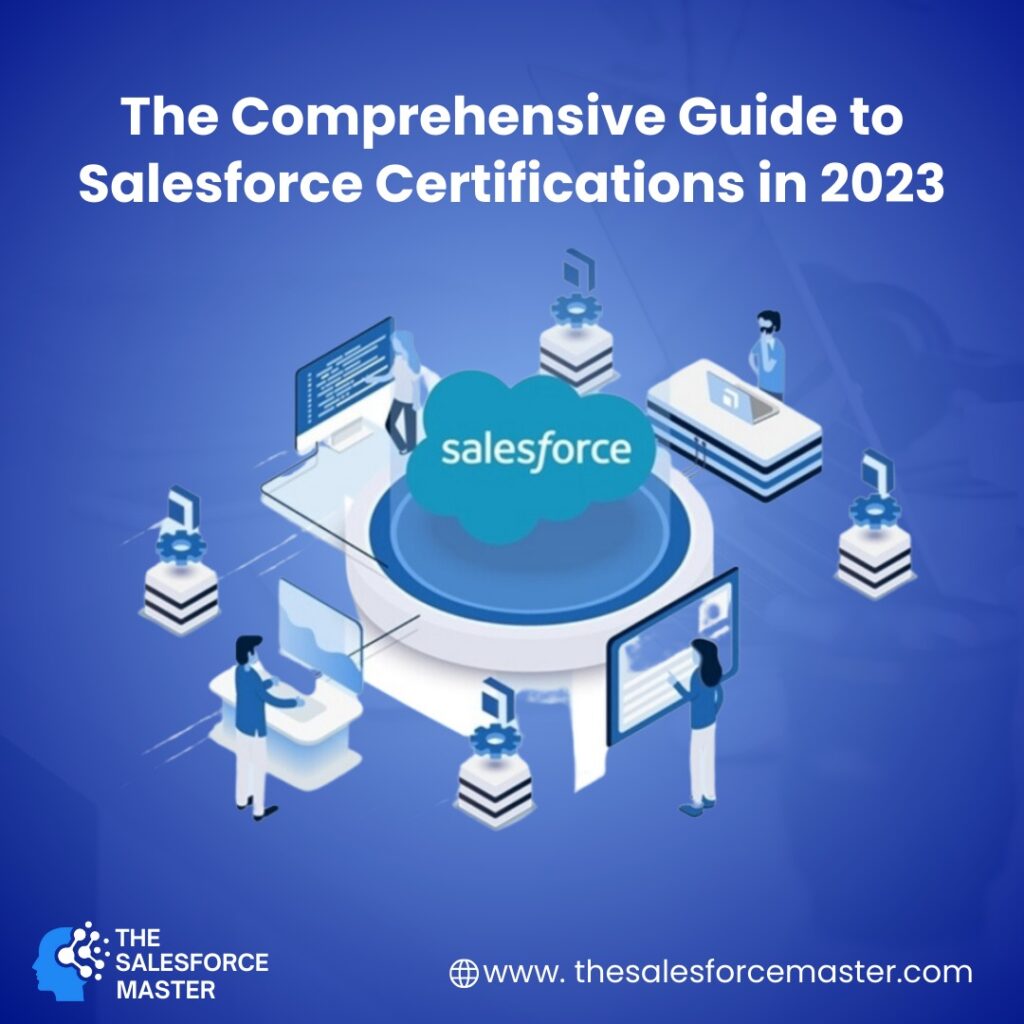
When dealing with Account Engagement in Pardot, it’s important to note that the connector facilitates the creation and updating of records between the two platforms but only allows for reading others. While this setup caters to standard marketing requirements, some organizations may seek to expand their marketing data model. However, custom development comes with its challenges, including cost, the need for specialized maintenance, and the accumulation of technical debt in your organization.
An excellent resource within Salesforce for addressing such needs is the Salesforce Labs program. It provides a platform for employees to develop and share apps on the AppExchange, benefiting the community at no cost. A noteworthy addition to this program is the “Record Create” app, which can be particularly valuable if you’re looking to enhance your connector’s capabilities while still maintaining control in your configuration.
How Salesforce and Account Engagement (Pardot) Work Together
Pardot customers have access to the Salesforce Connector for Account Engagement, a pre-built integration created by Salesforce. This integration facilitates data synchronization between the two platforms.
Within the default data model, the syncing of object behavior is classified based on two main criteria:
1. Directionality, which can be either one-directional or bi-directional sync.
2. Action type, which includes options for create/update, create/update, or read-only operations.
While the Account Engagement edition may offer the flexibility of incorporating custom objects, certain constraints may still apply. When discussing custom objects in the context of Account Engagement, “custom” pertains to the inclusion of extra objects that synchronize with Account Engagement. These objects can be either Salesforce custom objects or Salesforce standard objects not covered by the default connector sync.
It’s important to note that the records syncing to Account Engagement in this scenario are meant to be read-only. Their primary function is to import data for utilization in segmentation and automation processes.
The Salesforce standard connector facilitates the creation of various records from Account Engagement in Pardot. Specifically, it enables the generation of the following records:
1. Prospects to Leads
2. Prospects to Contacts (requires Reverse Syncing to be enabled)
3. Prospects to Campaign Members
4. Tasks
It’s important to note that, aside from the mentioned records available for creation, the connector is designed to work with other objects primarily for reading or updating purposes, not for creating new records.
Other Records Create Scenarios From Account Engagement To Salesforce

Certainly! Let’s break down the customer lifecycle using the Salesforce data model in a simplified example:
1. Prospect Stage: A potential customer, identified as a prospect record, meets certain criteria, marking it suitable for the sales team’s attention (lead record).
2. Conversion to Customer: The lead transitions into a contact record, establishing a connection with a new or existing account.
3. Opportunity Generation: Optionally, during conversion, an opportunity may be generated. Alternatively, an opportunity can be created later, linked to the contact or account.
4. Post-Sale Support: After the transition to becoming a customer, support requests may arise. These are managed through case records, associated with the specific contact that initiated the request.
This illustration underscores a linear progression with limited connections between various objects. Once a prospect synchronizes with Salesforce, the primary interaction revolves around the lead/contact record. While documented workarounds exist for initiating an opportunity from a prospect interaction with an existing customer or treating existing customers as new leads through Account Engagement, these approaches fall short in addressing all potential interactions with other objects in the Salesforce data model. In summary, there are limitations on creating other records from Account Engagement within the Salesforce data model.
Record Create App for Account Engagement
Now that we’ve delved into the background, let’s explore this promising app, and the best part is, it’s free! This application utilizes Salesforce Flow automation in conjunction with an external action in Engagement Studio. The Flow serves as the behind-the-scenes engine, while the Engagement Studio action directs the Flow to trigger at the optimal moment in the individual prospect’s journey.
Please note that external actions are set up within a Marketing App Extension, which is included with the Record Create app.
1. After installation, you’ll discover pre-built, auto-launched flows in your Salesforce org. Tailor the logic of these flows to suit your specific requirements. In the example below, you’ll notice decision paths that address duplicate contacts and existing accounts, factors that should be considered before creating new records.
2. Within any Engagement Studio program, incorporate an action step, where you’ll find a selection of available external actions.
3. Subsequently, a mapping window will appear, allowing you to specify which prospect fields should correspond to the required fields on the Salesforce side. This process utilizes HML, dynamically pulling in the field data for that particular prospect.
“Record Create” Use Cases
The demonstration video showcases several key use cases:
1. When potential clients complete a demo request form, the sales team aims to seamlessly initiate an opportunity. This involves converting the lead into a contact and establishing a new account or associating it with an existing one.
2. Another scenario involves prospects generating a case through an Account Engagement form. The objective is to automatically generate a case based on this interaction.
3. For organizations utilizing industry-specific clouds, such as those in higher education or nonprofits, there are diverse objects being manipulated beyond the standard scenarios.
Additionally, the video underscores the significance of automating the creation of opportunity contact roles. This is particularly crucial as manual entry of these records by salespeople during opportunity management can be challenging.
Summary
The “Record Create” application originated from the Salesforce team’s recognition of gaps they encountered through years of experience. This tool empowers you to enhance your connector’s functionalities while retaining control in your configuration, and the team is readily available for support!
For more Salesforce update, visit us on www.thesalesforcemaster.com

